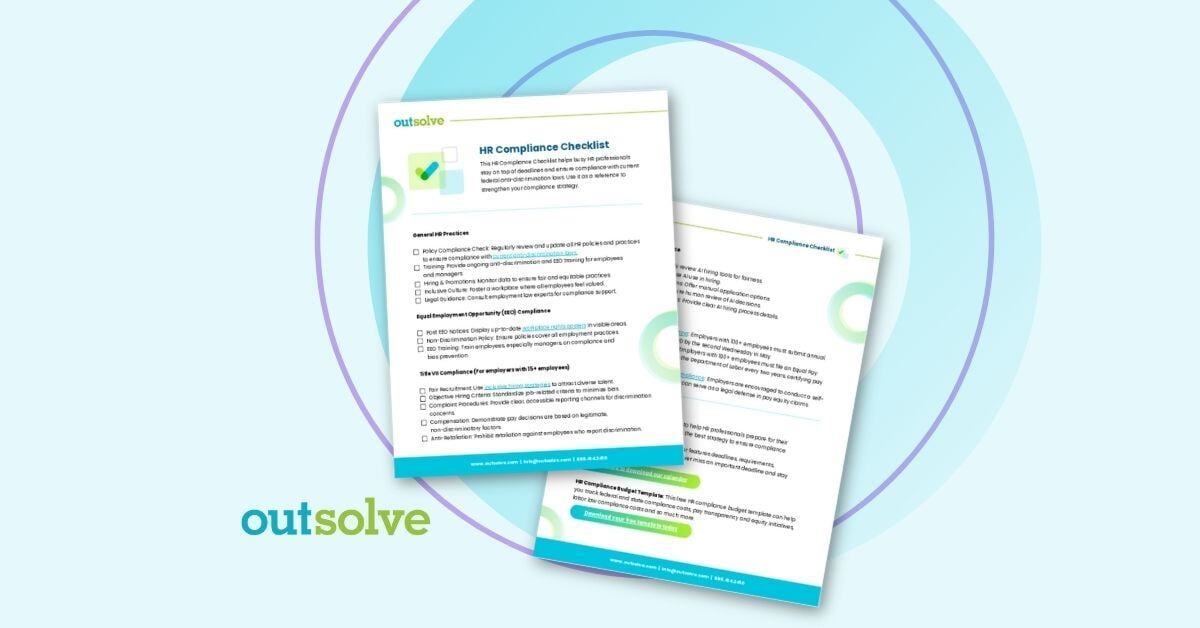FOR IMMEDIATE RELEASE
March 8, 2021
WASHINGTON -- Today marks International Women’s Day, a time to reflect on the progress made toward a more equal future and to recognize the work that still remains to achieve gender equality around the world. March is also Women’s History Month, when we honor women’s contributions in American history, which often have been undervalued.
The 2021 International Women’s Day theme is “Women in leadership: Achieving an equal future in a COVID-19 world.” This year saw the inauguration of Kamala Harris, the first woman, first Black person, and first Indian American to serve as vice president of the United States. Kamala Harris shattered a 200-year-old glass ceiling and brought women one step closer to the country’s highest office.
The 117th Congress includes a record-breaking number of women, including 51 women of color and at least two women who identify as members of the LGBTQ community. Women of color also achieved historic firsts in state legislatures. For example, Mary Kunesh-Podein became the first Native woman to serve in the Minnesota Senate, Emily Weber is the first Asian American woman elected to the Missouri House, and Mauree Turner is the first nonbinary state lawmaker in U.S. history and Oklahoma’s first Muslim legislator.
This Women’s History Month, we celebrate these historic achievements and all the groundbreaking women who paved the way. But March 2021 also marks the one-year anniversary of the COVID-19 pandemic. Its devastating toll on women and people of color threatens to wipe out decades of hard-fought gains in the workplace.
Women have borne the brunt of pandemic-related layoffs and job losses. As of February 2021, the unemployment rates for Black women and Latinas in the United States stood at 9% and 8.5%, respectively. Nearly 1 in 7 women with disabilities (13.9%) was unemployed in February 2021—almost double the unemployment rate for women with disabilities before the start of the pandemic (7.4%).
Tragically, women are also leaving the workforce in record numbers. The pandemic has intensified women’s unpaid work and caregiving responsibilities and exposed structural inequalities in health care, elder care, childcare, and education. When the school year resumed last fall, hundreds of thousands of women exited the paid workforce. In January 2021, the pandemic forced another 275,000 women out of the U.S. workplace, and women’s labor force participation rate has slid back to what it was in the late 1980s. Elsewhere around the world, to varying degrees, the pandemic has fallen disproportionately on women.
At EEOC, we are working to address the disparities the pandemic has exacerbated. We began this work long before COVID-19, but it is more urgent than ever. As we build back our economy, re-open businesses, and hire workers, we must ensure that women and workers of color are not left behind.
I am honored to lead this agency as we continue working toward a more just and equal future.
The EEOC advances equal opportunity in the workplace by enforcing federal laws prohibiting employment discrimination. More information about Chair Burrows is available on EEOC’s website at www.eeoc.gov. Stay connected with the latest EEOC news by subscribing to our email updates.
Founded in 1998, OutSolve has evolved into a premier compliance-driven HR advisory firm, leveraging deep expertise to simplify complex regulatory landscapes for businesses of all sizes. With a comprehensive suite of solutions encompassing HR compliance, workforce analytics, and risk mitigation consulting, OutSolve empowers organizations to navigate the intricate world of employment regulations with confidence.
Recent Posts

New Executive Orders May Require Labor Law Poster Updates

HR Compliance Checklist: What Every HR Pro Needs to Know
Related Posts

How to Ensure Your Pay Practices are Non-Discriminatory
Administering fair compensation practices is not just the right thing to do, it is essential for legal compliance, maintaining a positive workplace...

Employer Responsibility: Workplace Non-Discrimination Under Federal Law
The world of employment law continues to change. For HR, staying informed about employment law changes and their implications is crucial. One of the...

Compensation Benchmarking: The HR Leader’s Complete Guide
Setting salaries can feel like a guessing game. If you pay employees too little, they leave for better offers. If you pay too much, you strain your...


